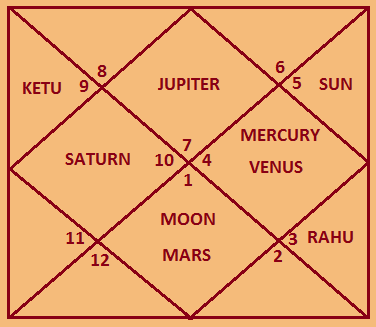Panchaang in Astrology or Jyotish



Panchaang in Jyotish or Astrology
By: - Dr.A.S.Kalra Astrologer
Panchaang in Astrology or Vedic Jyotish: -
In India, "Panchaang" (also spelled as Panchang or Panchanga) refers to an astrological almanac or calendar that provides comprehensive information about important astronomical and astrological data for a specific period. Panchaang is widely used in Hindu astrology, religious practices, and everyday life to determine auspicious timings, festivals, and planetary positions.The word "Panchaang" is derived from the Sanskrit words "pancha," meaning "five," and "anga," meaning "limb." It signifies that Panchaang consists of five key elements that include:
Tithi: Tithi represents the lunar day in the Hindu calendar. It is determined by the Moon's angular distance from the Sun. Each tithi has a specific name and significance, and it plays a crucial role in determining auspicious and inauspicious timings for various events and ceremonies.
Vaar: Vaar refers to the weekday in the Hindu calendar. It is determined by the position of the Sun. Each day of the week is associated with a different planetary deity, and devotees often observe specific rituals and fasts on particular weekdays.
Nakshatra: Nakshatra refers to the lunar mansion or star constellation in which the Moon is located. As mentioned earlier, there are 27 nakshatras, and each has its own unique qualities and ruling deities. The nakshatra of a particular day is considered while determining auspicious timings and assessing planetary influences.
Yoga: Yoga represents a specific combination of the Sun and the Moon. It is calculated based on the angular distance between them. Each yoga has its own significance and can influence various aspects of life, including health, wealth, and spiritual growth.
Karana: Karana represents a half of a tithi and is also determined by the Moon's angular distance from the Sun. There are 11 karana in total, each with its own characteristics. Karana is also considered while determining auspicious timings and assessing the suitability of certain activities.
The Panchaang provides daily information on these five elements, along with other astrological data such as planetary positions, sunrise and sunset timings, Rahu Kaal (inauspicious period of the day), and various Hindu festivals and auspicious dates.
Panchaangs are compiled by experienced astrologers and are available in printed form or online. They serve as a valuable resource for individuals to plan important events, observe religious rituals, and make informed decisions based on astrological considerations. Panchang in Jyotish or Indian Astrology is similar to an Ephemeris. Panchang is composed of two words: - 'Paanch' (five) & 'Ang' (parts). It means something which has got five parts. Five parts of panchaang are: - Tithi, Vaar, Nakshatra, Yog & Karan. Every year a new panchang is released. It gives details of movement of planets in that year like: - vakriya, maargi, udit, aast, sankrantis of all planets, aamavasyas, poornimas, solar eclipses, lunar eclipses, various festivals, vrats (fastings), snaans in reverred rivers of India, melas (fairs) in various parts of India, sun rise & sun set timings of each day of a particular place from which that panchang is generated. Also planetary positions of each day in morning 5:30a.m. is mentioned. Other useful information on Astrology is also given.
Panchang was of heavy importance for astrologers in the past because it was the only tool which was used to make horoscopes earlier, as it consists of necessary astronomical information required to make horoscopes. But nowadays various computer softwares are available which can do necessary arithmatic to generate hooscopes in a fraction of a second & moreover with great accuracy.
